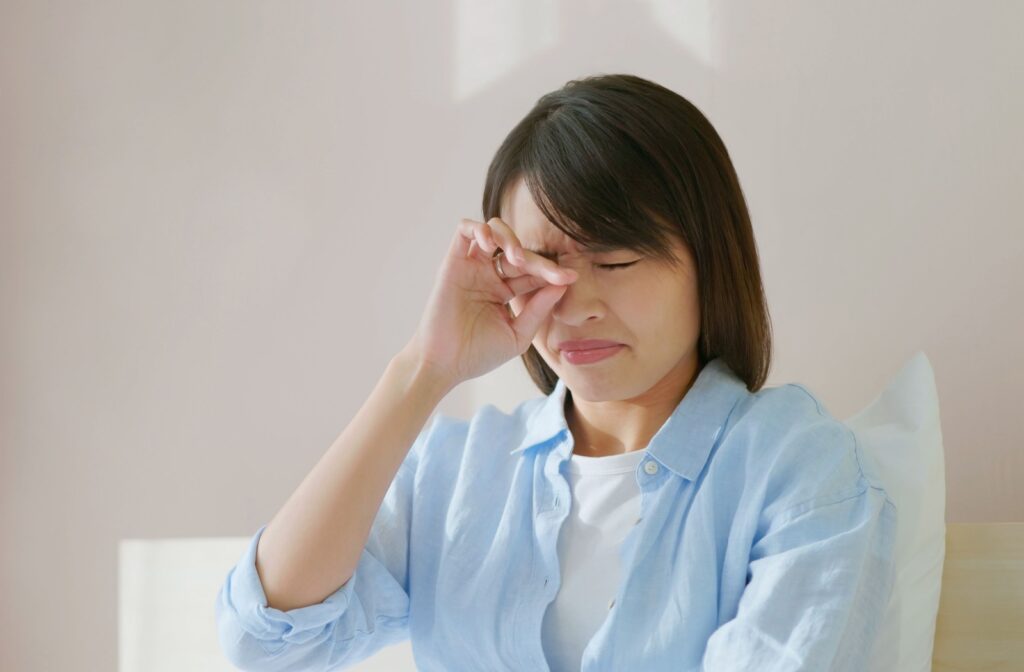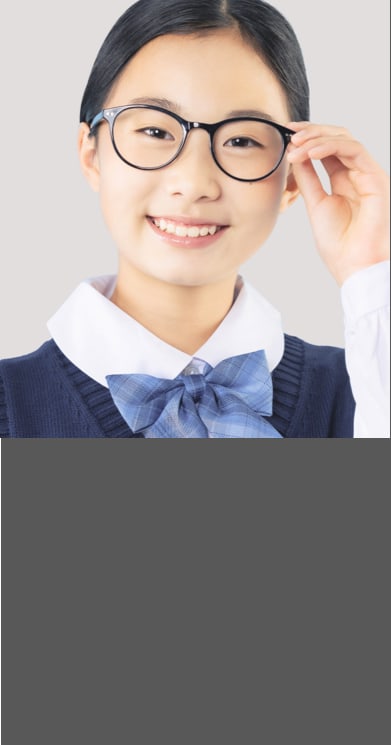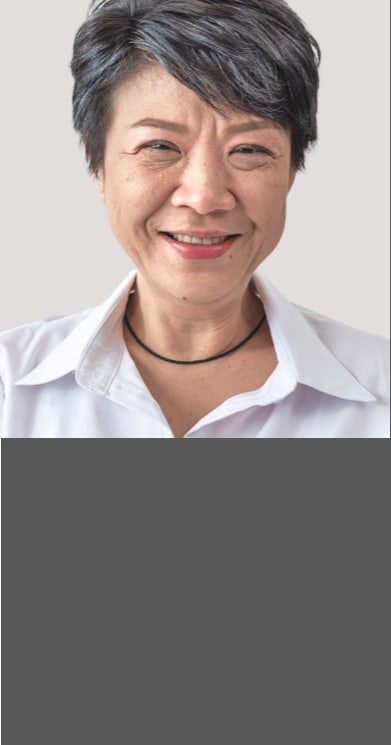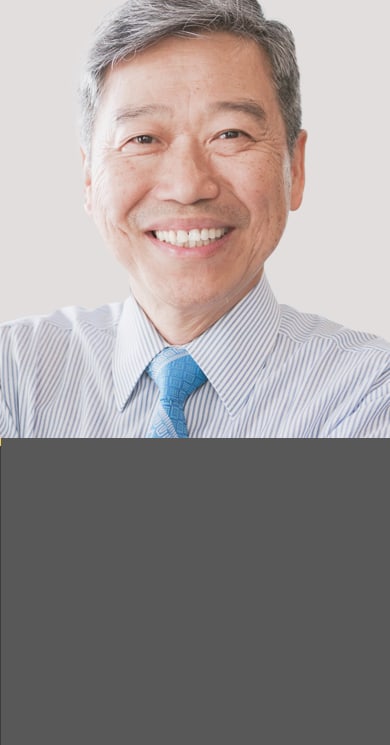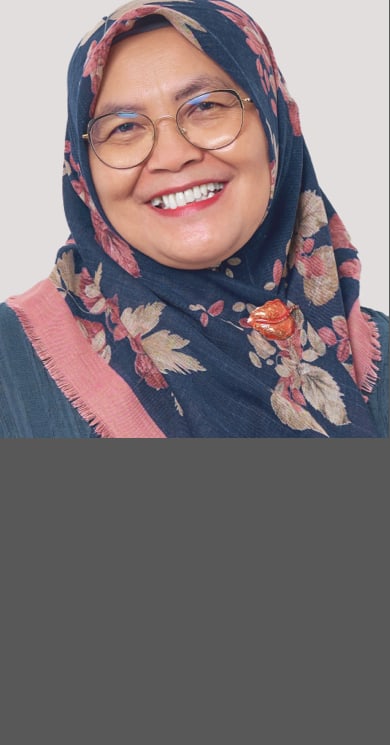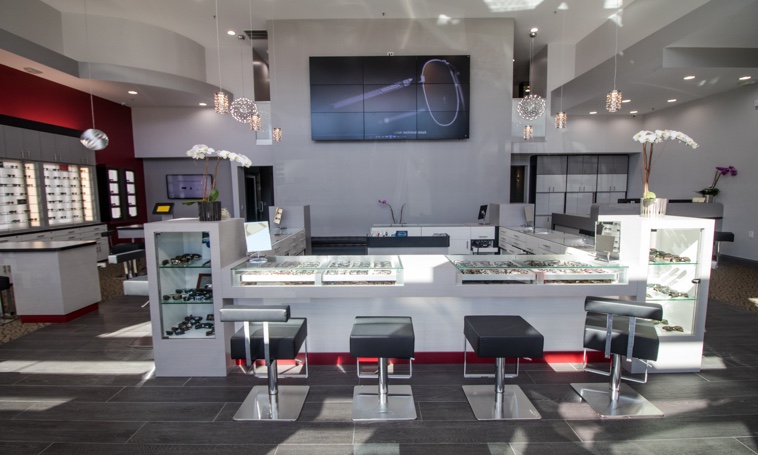Beyond emotions, tears are vital for keeping our eyes happy, healthy, and free of irritation. And if you’re experiencing dry eyes, you may be wondering what treatment options are available. Low-level light therapy uses low levels of infrared light to treat dry eye, unlike intense pulsed light therapy, which uses intense pulses of light for a similar effect. Medications, eye drops, and other at-home remedies could all be potential solutions in addition to these light therapies.
Dry eye disease can become a chronic problem for many people. Its treatment typically revolves around symptom relief, and a major contributing factor to how effective that relief is comes down to the symptom’s cause. So, a comprehensive eye examination is a good place to start if you haven’t discussed your dry eyes with your optometrist already.
What Is Dry Eye?
Dry eye disease, often called dry eye, is a condition that affects the quality or quantity of tears in our eyes. These are respectively known as evaporative dry eye (EDE) or aqueous-deficient dry eye (ADDE).
Tears play a vital role in eye health, as they contain a water, oil, and mucus mixture that keeps our eyes lubricated and nourished. But it can lead to the uncomfortable symptoms of dry eye when the tears in our eyes evaporate too quickly or don’t contain the right mixture for tear film.
There isn’t a one-size-fits-all answer for what causes this common condition. Experts have linked age, environmental factors, hormonal changes, medical conditions, medications, and refractive surgeries to an increased risk of developing dry eyes.
Symptoms of Dry Eye
Symptoms of dry eye disease vary depending on the severity and cause of the condition. But some common indicators you may be experiencing dry eye include:
- Stinging or burning
- Blurry vision
- Scratchy or gritty feeling—like there’s something in your eye
- Mucus discharge around your eye
- Excessive watering (seems counterintuitive, but it’s your body’s way of compensating)
- Red eyes
- Discomfort while wearing or inability to wear contacts
Dry Eye Treatments 加州干眼症治疗
The effective and successful treatment of dry eye depends on its root cause. Your eye doctor should be able to recommend treatment after examining your eyes to determine where your problem stems from.
Low-Level Light Therapy 低能量光療法
Low-level light therapy (LLLT) involves exposing your eyes to low levels of red or near-infrared light. It’s a non-invasive treatment that shouldn’t cause pain or discomfort as it helps lessen EDE symptoms. One recent study showed that LLLT may even be more effective than intense pulsed light (IPL) therapy.
There’s typically no heat or discomfort involved. It’s just a warm, soothing light that can stimulate energy production in the cells of your eyes, helping them to function better. Meibomian gland dysfunction is the primary cause of dry eye that LLLT can help treat.
Intense Pulsed Light Therapy 强脉冲光治疗干眼症
Intense pulsed light therapy, or IPL, is an innovative technique that uses light energy to treat various skin conditions, including rosacea and sun damage. What’s even more exciting is that it’s now used to help those of us with dry eyes.
IPL is non-invasive like LLLT and delivers multiple wavelengths of light to your eyelid area. This light targets and reduces inflammation, which can be a big cause of dry eye. As a bonus, it also helps unclog meibomian glands, which are responsible for producing the oil layer of our tears.
Medications
Your eye doctor may recommend a prescription medication to treat your dry eye symptoms in some cases. These can range from anti-inflammatories to medicine designed to stimulate tear production. Some potential medications available are:
Lubricating Eye Drops & At-Home Remedies
Many cases of dry eye may not need a more involved treatment like prescription medication or light therapy. Sometimes, an at-home dry eye remedy like eye drops or a warm compress is enough to save the day.
Lubricating eye drops are a great on-the-go solution for most forms of dry eye. A preservative-free formula is ideal for long-term use if you’re dealing with chronic dry eye. Warm compresses are another option you can try. Pressing a warm cloth over your eyes can help loosen everything up to encourage proper lubrication.
Remember, everyone’s different, so what works for one person might not work for another. Always chat with your eye doctor before starting any new treatment.
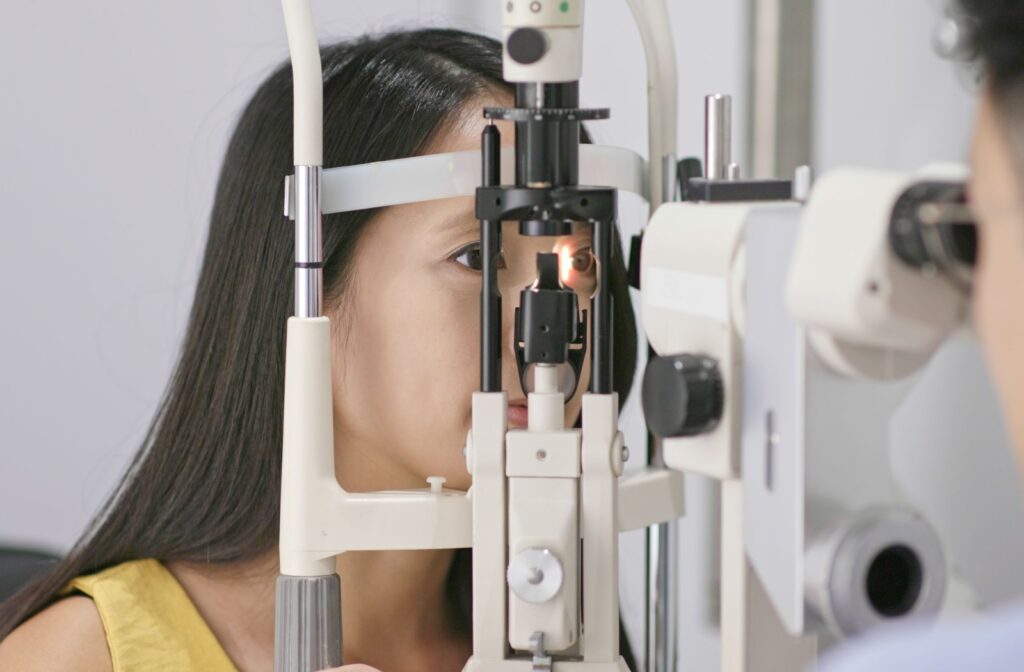
Discuss Dry Eye Treatment with Your Eye Doctor
Although dry eye disease may be a common condition—remember, you’re not in it alone. There are plenty of treatments out there from low-level various light therapies, to prescription medications, or at-home remedies like eye drops and warm compresses. It all comes down to finding what works for you.
Call our team at Golden Vision Optometry to book an appointment if you’re experiencing the uncomfortable symptoms of dry eye. One of our experienced optometrists can examine your eyes to determine an effective treatment plan going forward.


